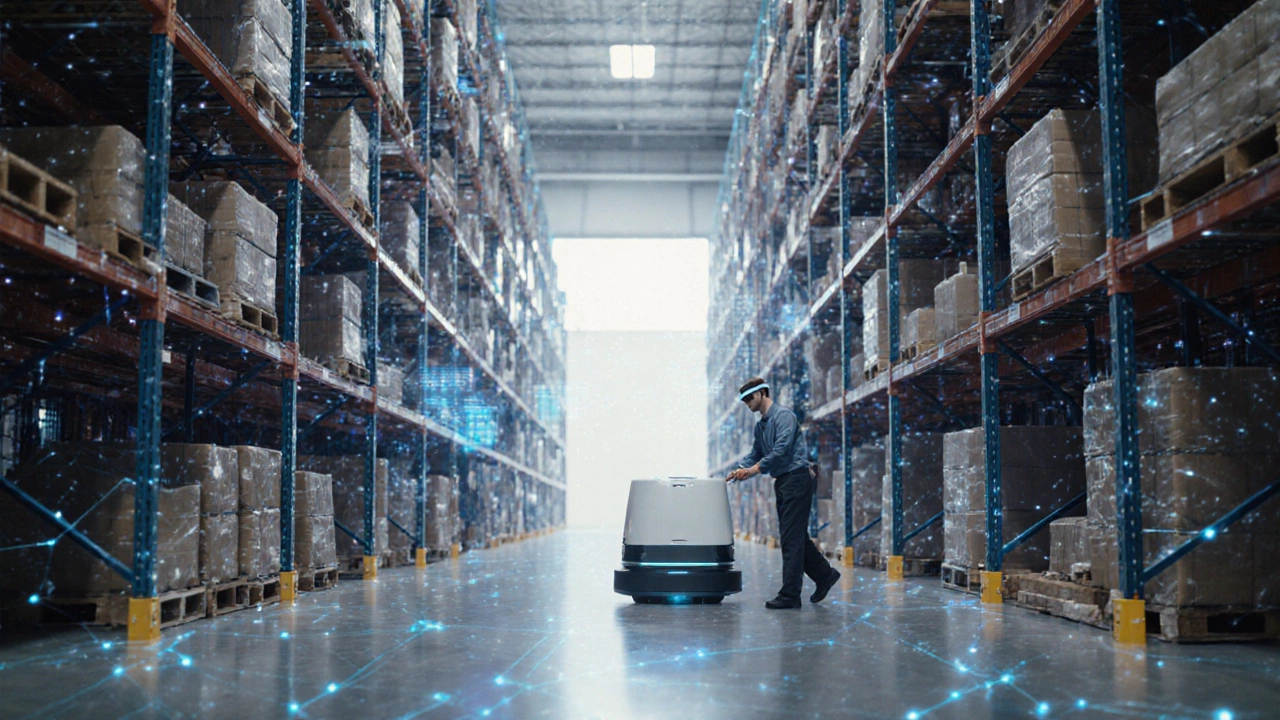Warehouse Technology: Tools, Trends, and Real‑World Impact
When working with warehouse technology, the set of hardware, software and processes that automate, track and optimize storage operations. Also known as warehouse automation, it connects the physical flow of goods with digital intelligence. A core piece of this ecosystem is the Warehouse Management System (WMS), software that directs inbound, storage, picking and shipping activities in real time. To turn raw data into actionable decisions, many firms layer an Enterprise Resource Planning (ERP) system, a unified platform that blends finance, procurement and inventory across the whole enterprise on top of the WMS. When the ERP talks directly to the WMS, the result is seamless order fulfillment and reduced manual entry. For organizations seeking deeper integration, SAP, a leading ERP suite with a dedicated Extended Warehouse Management (EWM) module offers advanced features like labor planning, slotting optimization and real‑time analytics. Finally, the rise of e‑logistics, the digital coordination of transport, warehousing and last‑mile delivery through cloud‑based platforms ties the whole supply chain together, turning static storage into a dynamic network that reacts to demand spikes, carrier availability and customer expectations.
Key Components Shaping Modern Warehouse Technology
At its heart, warehouse technology focuses on three attributes: visibility, efficiency and scalability. Visibility comes from IoT sensors, barcode scanners and AI‑driven dashboards that give managers instant insight into stock levels, temperature control and order status. Efficiency is driven by automation tools such as robotic pickers, conveyor systems and pick‑to‑light solutions that cut labor costs and boost accuracy. Scalability means the tech stack can grow with you – cloud‑based WMS platforms let you add users, locations or new functionalities without massive upfront investment. When you combine these attributes with a solid ERP backbone, you get end‑to‑end traceability: every pallet’s journey from receipt to dispatch is logged, audited and instantly accessible. SAP’s EWM adds another layer by integrating with advanced labor management, allowing you to predict staffing needs based on forecasted order volume. Meanwhile, e‑logistics platforms pull real‑time carrier data, suggest optimal routing, and even auto‑schedule pickups, turning the once‑static warehouse into a responsive hub that talks directly to trucks, drones and even urban fulfillment centers. The result is a tighter, data‑rich ecosystem where decisions are based on facts, not guesswork, and where each component—WMS, ERP, SAP, IoT, and e‑logistics—feeds the other to keep the supply chain humming.
Below you’ll find a hand‑picked set of articles that dive deeper into each of these pieces. Whether you’re comparing WMS vendors, figuring out how SAP can boost your storage efficiency, or learning how e‑logistics reshapes last‑mile delivery, the collection gives you practical tips, real‑world examples and step‑by‑step guidance. Explore the range, pick the insights that match your current challenges, and start turning your warehouse into a technology‑powered advantage.
Future Warehouse Technologies: Robotics, AI & IoT Trends for 2025
Explore the cutting‑edge warehouse technologies reshaping logistics in 2025, from robots and AI to IoT, digital twins, drones and blockchain, with practical tips and a clear implementation roadmap.
Read More